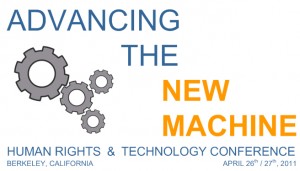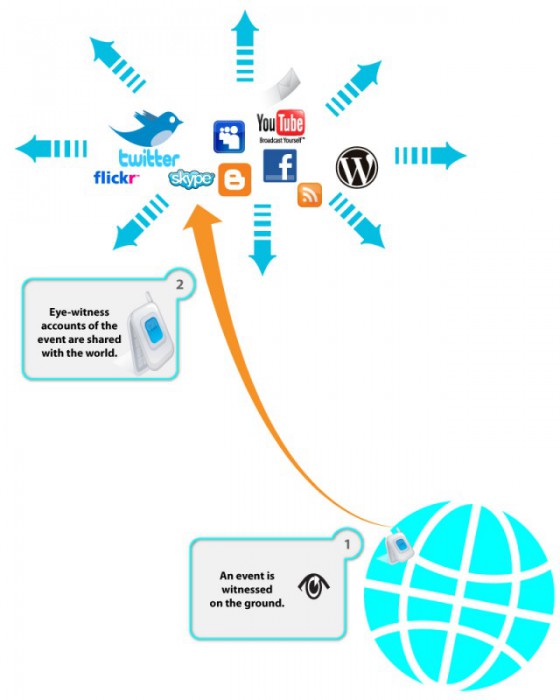Making Money on a Bet Yesterday, I came across a little post on LinkedIn: L.G. update: “I have a bet with one of my colleagues today. He thinks that using LinkedIn is a waste of time and does not see the benefit. So he has agreed to give me £1 for every like/comment I get. Considering I have over 2000 connections I reckon I will get £300 easy out of this. Start liking this update people!” It wasn’t from anyone I knew. But a LOT of people I did know (and are linked to) commented and liked this update. I added my like as well. To date (the original comment was made 2 days ago), there are 6,298 likes and 1,286 comments! Mr. L.G. stands to make some money here. With Google+, Facebook, Twitter, and the like, all pushing the value of social networking, it was interesting to see this little experiment making a direct conversion from social networking to money. And it’s not over—the post sparked an emotional response among the members of LinkedIn. The emotional trigger is still there. With each new like and comment, the temptation to add another like on the pile grows. It’s contagious!
Tag Archive for Social Network
Pipsqueak Articles, Product Design Strategy, Scaffolding, Users
Advancing the New Machine UCLA Law Forum Presentation
by Olga Werby •

Today, I presented UCLA Law Forum at the Advancing the New Machine human rights conference in Berkeley. Below is an approximation of my presentation. How many of you have ever used a chair to reach that jar of tomatoes on the top shelf? I do it all the time. I’m the shortest member of my family and I use chairs as my personal hight extension. And I know I’m not alone. People are opportunists. We use products to get what we want. We subvert existing technologies to reach our own goals. From phones to cameras, from crisis mapping to photo editing, from news papers to forums, we manipulate and use tools and features to accomplish what we want, what we need. And we don’t necessarily use those tools for what they were designed for originally… As product designers, we need to be able to harness this opportunistic behavior to accomplish what we want. We want to direct crowds down the path that’s most productive and more aligned with goals of our projects. Two years ago, I came to The Soul of the Machine Conference to learn who are the players and what projects showed promise in using technology to advance…
Background Knowledge Errors, Cultural Bias, Group Decision Errors, Mental Model Traps, Misapplication of Problem Solving Strategies, Pipsqueak Articles, Product Design Strategy, Scaffolding
Knowledge, Context, & Expectation
by Olga Werby •

These are three necessary components of any product design: Knowledge: the background information that forms the foundation of product design Context: the ecosystem in which the product will be used Expectation: the alignment of goals between product creators and the users for which it was designed A failure to fully understand any of the above variables results in errors that propagate throughout the product system. But what if the product is disaster preparedness? Consider the design of an evacuation plan ahead of a disaster. You would need to understand the what kinds of damage the disaster is capable of wrecking; the probabilities for each outcome; the people and the ecosystem in which the disaster will occur; and expectations of all the participants in the evacuation plans. Tsunami and The Zoo A few years ago, I was teaching a fifth grade science class where we were discussing the possible damage from a tsunami in San Francisco (we just visited the Bay Model). The problem I posed to the students was to design a reasonable evacuation plan for The San Francisco Zoo animals. The Zoo lies on the tsunami flood plane, and as far as we knew there was no plan for…
Background Knowledge Errors, Pipsqueak Articles
Decision Scaffolding and Crisis Mapping
by Olga Werby •

I’m working on a series of illustrations to highlight the need for decision scaffolding during an aide mission. The ideas are based on the Ushahidi deployment experience in Haiti after the 2009 earthquake. But the idea is to make this more general. I would love ideas and recommendations on how to make this visualization better and more communicative. (read more about crisis mapping here) Crisis: Smoke Signals from Eye-Witnesses Let’s start with a crisis—a natural disaster or a political upheaval leaves thousands of people in desperate need of help. The people on the ground witness the suffering and use ICT (Information Communication Technology) to send up the spoke signals. Please not that Internet services might be compromised (due to deliberate actions taken by the authorities; infrastructure failures; chaotic conditions on the ground), but people tend to be very creative and use phone lines, radios, satellite links, and just person to person communication to get the information out there. During the current Libyan crisis, people were very creative: “To avoid detection by Libyan secret police, who monitor Facebook and Twitter, Mahmoudi, the leader of the Ekhtalef (“Difference”) Movement, used what’s considered the Match.com of the Middle East to send coded love…
Conceptual Design, Contributor, Cultural Differences, Interaction Design, Interface Design
Antisocial Networking?
by Roman Shumikhin •
Stout, H. (2010). “Antisocial Networking?” New York Times Online. Retrieved on 3 October, 2010: http://www.nytimes.com/2010/05/02/fashion/02BEST.html The main topic of this article is that technology may be changing the very nature of kid’s friendships. Children used to actually talk to their friends. But now, even chatting on cellphones or via e-mail is becoming rare. Today’s teenagers and preteens, prefer to make friends and communicate using cellphone texts and instant messages, or through the very public forum of Facebook walls and MySpace bulletins. People now are more likely to use their cellphones to text friends than to call them. The article shows two opposite points of view on the topic. The author believes the quality of human interactions is becoming worse without the intimacy and emotional component of regular face-to-face communications (hence the title of this article). The ease of electronic communication may be making teens less interested in face-to-face communication with their friends, but close childhood friendships help kids build trust in people outside their families, develop empathy, understand emotional nuances and read social cues like facial expressions and body language, and consequently help lay the groundwork for healthy adult relationships. On the other hand, online social networking allows children to become…
Attention Controls Errors, Conceptual Design, Contributor, Cultural Differences, Interaction Design, Interface Design, Product Design Strategy, Scaffolding, Short Term Memory, Users, Working Memory
Response to “Is the Internet Making Us Quick but Shallow”
by vhood •
Carr, N. (2010). “Is the Internet Making Us Quick but Shallow,” CNN. Retrieved on 2010, June 29. http://www.cnn.com/2010/TECH/web/06/07/carr.internet.overload/index.html?hpt=C2 Nicholas Carr’s article, “Is the Internet Making Us Quick but Shallow,” demonstrates the negative consequences of the internet on the human mind. His article is in response to the media criticism President Obama received after stating that the internet and technological gadgets (i-pad, Blackberry, etc) ‘entertain,’ rather than ‘empower.’ While the media labeled Obama as anti-technology, the author defends and backups the president’s warning statement. Carr’s biggest criticism of the internet and screen gadgets is that they distract concentration, they hinder comprehension skills, and they weaken creative thought. The internet provides the user with an incredible amount of information and knowledge. However, the trouble lies within the manner in which that knowledge is transferred from the screen into the user’s brain. Links, for example, break and discombobulate information (the information is not provided in a linear and coherent format, such as found in a book) from one page of information to another, and thus causing the reader’s attention to rupture and drift. A case study done at Cornell University shows that laptops distract students in class and prevent them from absorbing information.…
Cognitive Blindness, Conceptual Design, Contributor, Cultural Bias, Cultural Differences, Ethnographic & User Data, Interaction Design, Interface Design, Users
Mining the Web for Feelings, Not Facts
by Andrea Carroll •
Wright, A. (2009). “Mining the Web for Feelings, Not Facts.” The New York Times. Retrieved on 30 June, 2010. http://www.nytimes.com/2009/08/24/technology/internet/24emotion.html Online presence is a valuable commodity in today’s digital market. As companies seek to track exactly how their brand is discussed via the web and where these discussions appear, it becomes apparent that even a team of employees devoted to such research cannot tackle the shear size of the medium. Thus, algorithms are being employed by marketing research firms as well as companies themselves to handle not only the amount of information present on the Internet, but also in what context it amasses. These algorithmic tools are applied all over the web, but are concentrated on social networking sites like Facebook and Twitter, as well as sites that allow large amounts of user-generated content. Theoretically, in this way a computer can track not only when a company is mentioned but also in what connotative context it appears. Differing from previous brand tracking, these new programs seek to determine subjective opinion as well as objective knowledge. By programming computers to scan the Internet for words that hold certain connotative meanings, marketers and brands can preemptively address user satisfaction issues as well as…
